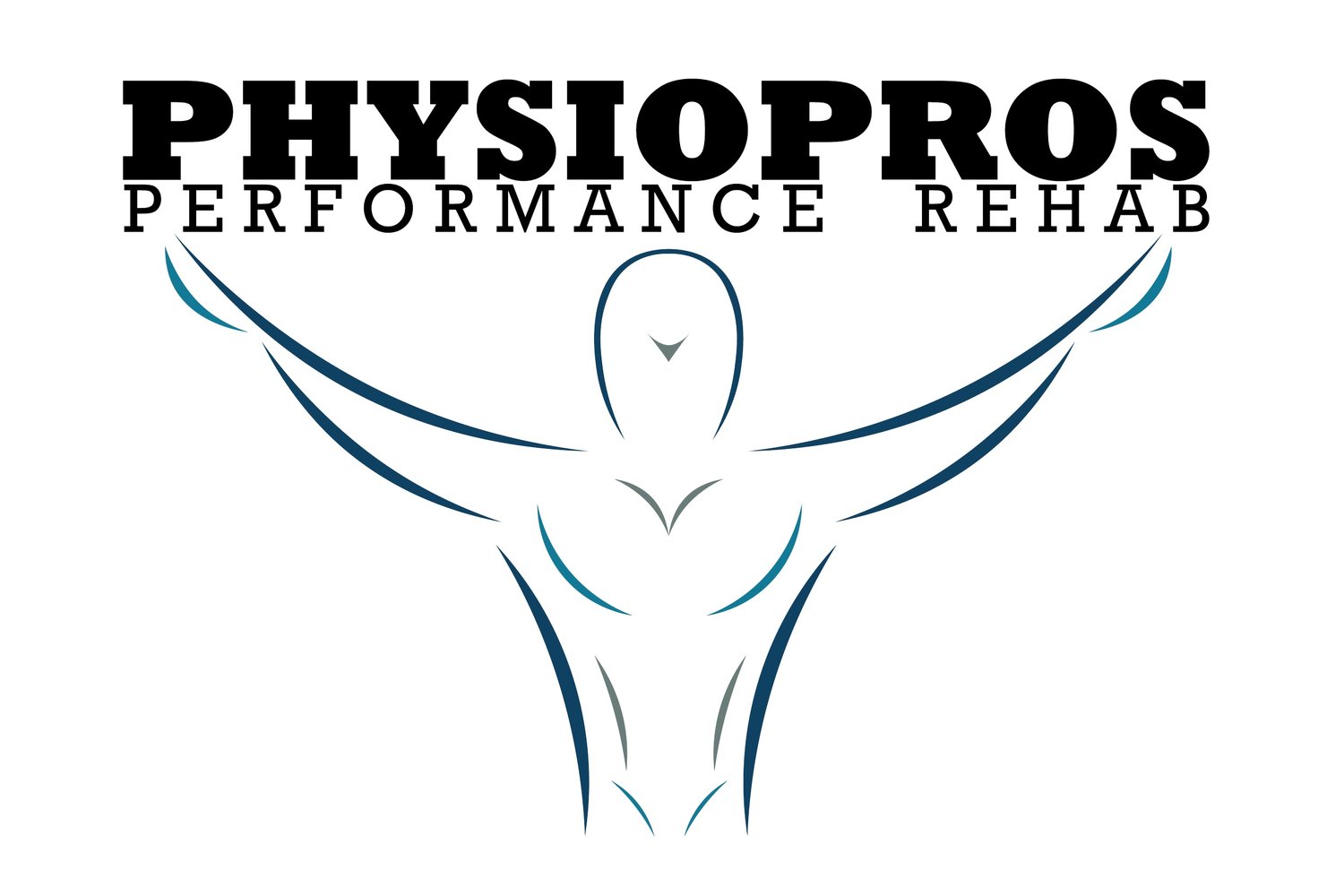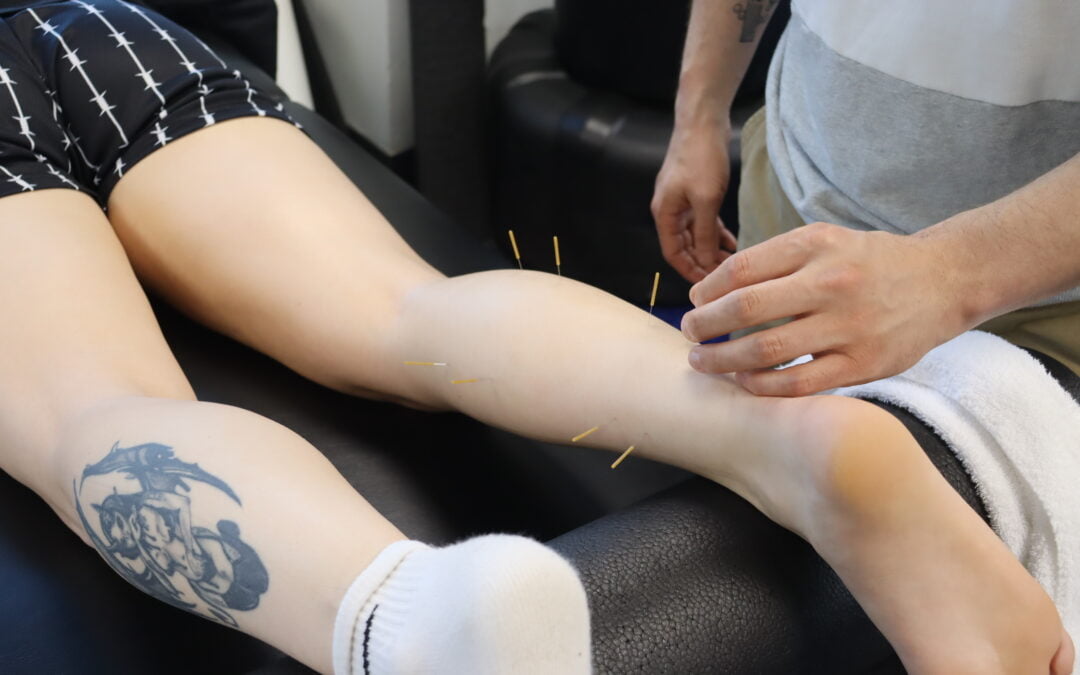What is Dry Needling? A Comprehensive Guide for Beginners
Dry needling is a popular treatment for muscle pain and tightness. But what exactly is it, and how does it work? At Physiopros Performance Rehab, understanding your treatment options is crucial for achieving your recovery goals. This guide will explain this technique in simple terms, covering the basics, how it works, and whether it’s right for you.
What is Dry Needling?
Dry needling is a therapeutic method where thin, sterile needles are inserted into specific muscle points known as trigger points. These points often cause muscle knots, soreness, and tightness. Unlike injections, these needles don’t deliver medication or fluids. The goal is to stimulate the muscle tissue to reduce pain and restore mobility by encouraging the body’s natural healing processes.
How It Differs from Acupuncture
Though similar in appearance, dry needling and acupuncture have different foundations and goals. Acupuncture, based on Traditional Chinese Medicine, focuses on balancing the body’s energy (Qi) through specific meridian points. In contrast, dry needling is rooted in Western medicine, aiming to directly relieve muscle pain and improve function by targeting areas of tightness and dysfunction. Simply put, dry needling addresses specific muscular issues, while acupuncture takes a broader, energy-focused approach.
How the Technique Works
What Happens During a Session?
During a session at Physiopros Performance Rehab, your therapist will assess areas of pain or tightness and identify trigger points. Thin, sterile needles are then gently inserted into the muscle tissue. You might feel a slight pinch, but this sensation is usually minimal. As the needle targets the trigger point, you may experience a muscle twitch or brief discomfort, indicating the muscle is responding to the treatment. Sessions generally last between 10 to 20 minutes, depending on the number of areas treated. Many people report relief immediately, with further improvement over the next 24-48 hours. Check out our Instagram to see how Dry Needling works for yourself: Step by Step Process and Dry Needling Highlights.
The Mechanism Behind the Treatment
This technique targets tight bands of muscle fibers, which can cause pain and restrict movement. The needle stimulates the muscle, causing it to release tension. This “twitch response” helps reset the muscle and improve blood flow, promoting healing. The micro-trauma from the needle encourages the body to send more nutrients and oxygen to the affected area, speeding up healing and reducing inflammation. Essentially, this method “reboots” the muscle, helping it function normally again and alleviating pain.
What Conditions Can It Help Treat?
This treatment can address a variety of musculoskeletal issues. It is particularly effective for chronic and acute muscle pain. If you have tightness or discomfort in areas such as the neck, back, shoulders, or hips, this method targets these problem spots directly. It is commonly used by athletes to recover from muscle strains, sprains, and tendonitis. It also helps with tension headaches, migraines, and jaw pain by alleviating muscle tension. Additionally, it can address posture-related pain from prolonged sitting or standing and joint pain by reducing muscle tightness around the joints.
Who Should Consider It?
This technique is ideal for individuals dealing with persistent muscle pain from sports, work strain, or chronic conditions. If other treatments like massage or stretching haven’t provided long-term relief, this method might be a suitable option. It is also beneficial for athletes needing quick recovery from muscle soreness or improved mobility. Those with chronic pain conditions such as fibromyalgia or those recovering from surgery or injury can also benefit from this treatment as part of their rehabilitation. At Physiopros Performance Rehab, we tailor each session to your specific needs, ensuring it complements your overall recovery plan.
Is Dry Needling Safe?
Dry needling is considered safe when performed by licensed and trained professionals, such as the team at Physiopros Performance Rehab. The needles are sterile, single-use, and very thin, which minimizes discomfort and reduces the risk of infection. Most people tolerate dry needling well, but mild side effects can occur. Common side effects include temporary muscle soreness, slight bruising, or minor bleeding at the insertion sites. These typically resolve within 24 to 48 hours. Staying hydrated and following your therapist’s aftercare instructions can help minimize discomfort. Serious complications, like infections or punctured lungs (pneumothorax), are extremely rare and usually occur only if the procedure is not performed correctly. Choosing a qualified practitioner is crucial for your safety.
Practitioner Qualifications
Only trained and licensed professionals, such as physical therapists, should perform dry needling. At Physiopros Performance Rehab, our therapists receive extensive training to ensure they perform this technique safely and effectively. This ensures you get treatment from someone who understands both the technique and your anatomy. Always make sure your practitioner has the right credentials for dry needling.
Benefits and Risks
Dry needling offers numerous benefits, especially for chronic or acute muscle pain. Immediate benefits include pain relief and reduced muscle tightness, which can improve movement. It also enhances range of motion, making daily activities or sports easier. Dry needling promotes faster recovery by improving blood flow and reducing muscle inflammation, which speeds up healing. It complements other treatments like physical therapy or massage, providing targeted relief in areas that may be hard to reach with other therapies.
Potential Risks or Discomforts
Like any medical treatment, dry needling has potential risks. The most common discomfort is mild soreness at the needle site, usually resolving within a day or two. Some people may experience bruising, muscle fatigue, or slight bleeding. These effects are generally temporary and not concerning. However, rare but serious risks, such as infection or injury to deeper tissues like the lungs, can occur. That’s why it’s important to have the treatment performed by a trained professional. At Physiopros, we take every precaution to ensure your safety and comfort.
In Conclusion
Dry needling is a powerful treatment for muscle pain, tightness, and various musculoskeletal conditions. Whether you’re an athlete recovering from an injury or dealing with chronic discomfort, this technique can help release tension, improve mobility, and speed up recovery. While it may seem intimidating, dry needling is safe and minimally invasive when performed by a qualified professional like the team at Physiopros Performance Rehab. If you’re looking for relief from stubborn muscle pain, dry needling might be the solution you need. Contact us at 973-265-8621 or visit our website at physioprospt.com to schedule your initial evaluation. To learn more about Dry Needling, check out our page: Dry Needling Services.
Dry Needling FAQ
Q: Does dry needling hurt?
A: You might feel a slight pinch or minor discomfort when the needle is inserted, but most people find it tolerable. Some may experience a brief muscle twitch or soreness afterward, which is typically temporary.
Q: How many sessions will I need?
A: The number of sessions required varies depending on the individual and the condition being treated. Your therapist will evaluate your needs and create a tailored treatment plan. Some may experience relief after just one session, while others might need multiple treatments.
Q: Can I resume normal activities after a session?
A: Generally, you can return to your regular activities immediately after a session. However, it’s a good idea to avoid strenuous activities for a short time if you experience any soreness.
Q: Are there any side effects?
A: Common side effects include temporary muscle soreness, slight bruising, or minor bleeding at the insertion sites. These effects usually resolve within a day or two.
Q: How should I prepare for a dry needling session?
A: Wear comfortable clothing that allows easy access to the areas being treated. It’s also helpful to stay hydrated before and after your session.
Q: Can dry needling be combined with other treatments?
A: Yes, dry needling can be combined with other treatments such as physical therapy exercises, massage, or stretching to enhance overall effectiveness and support your recovery.

